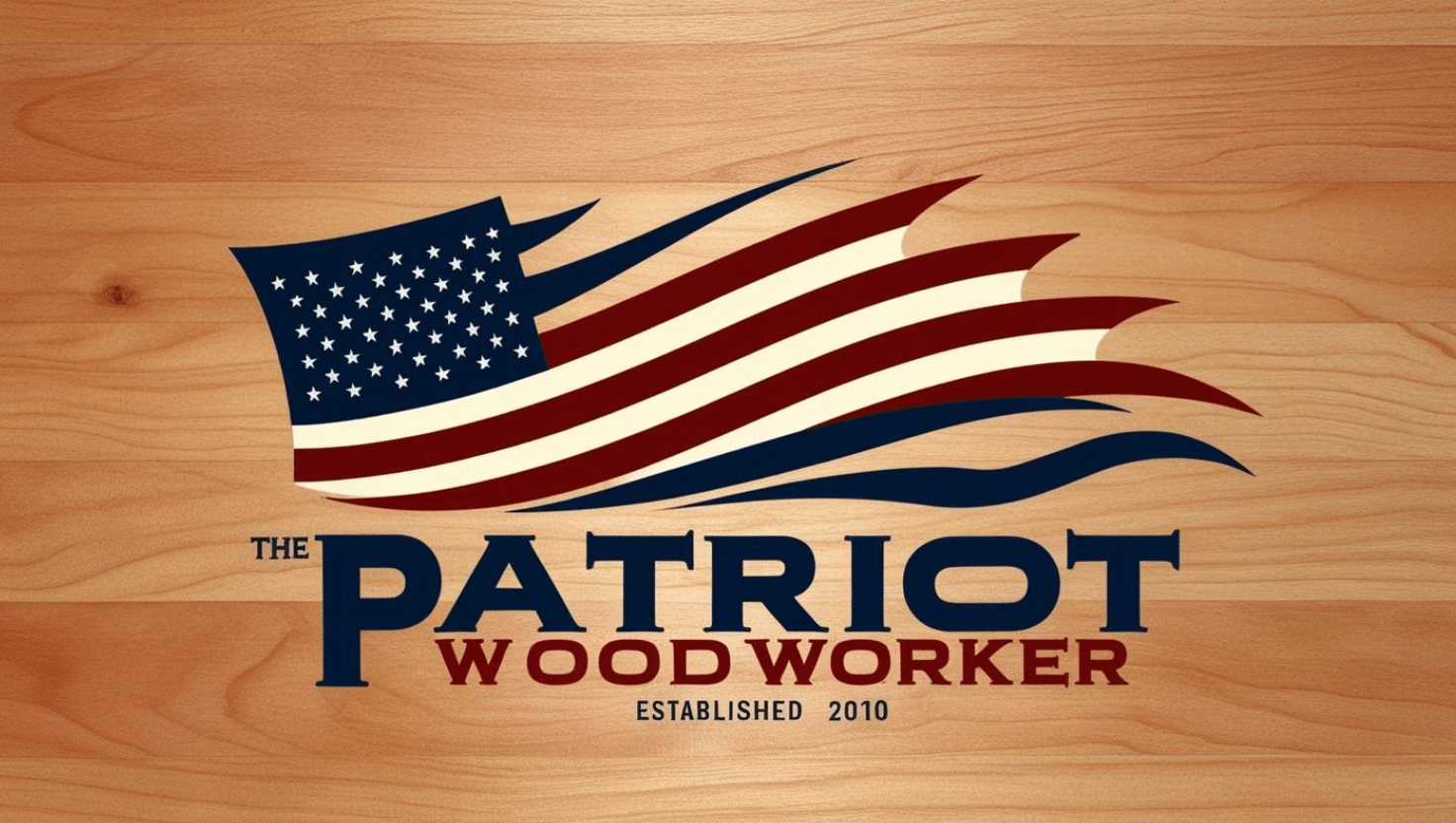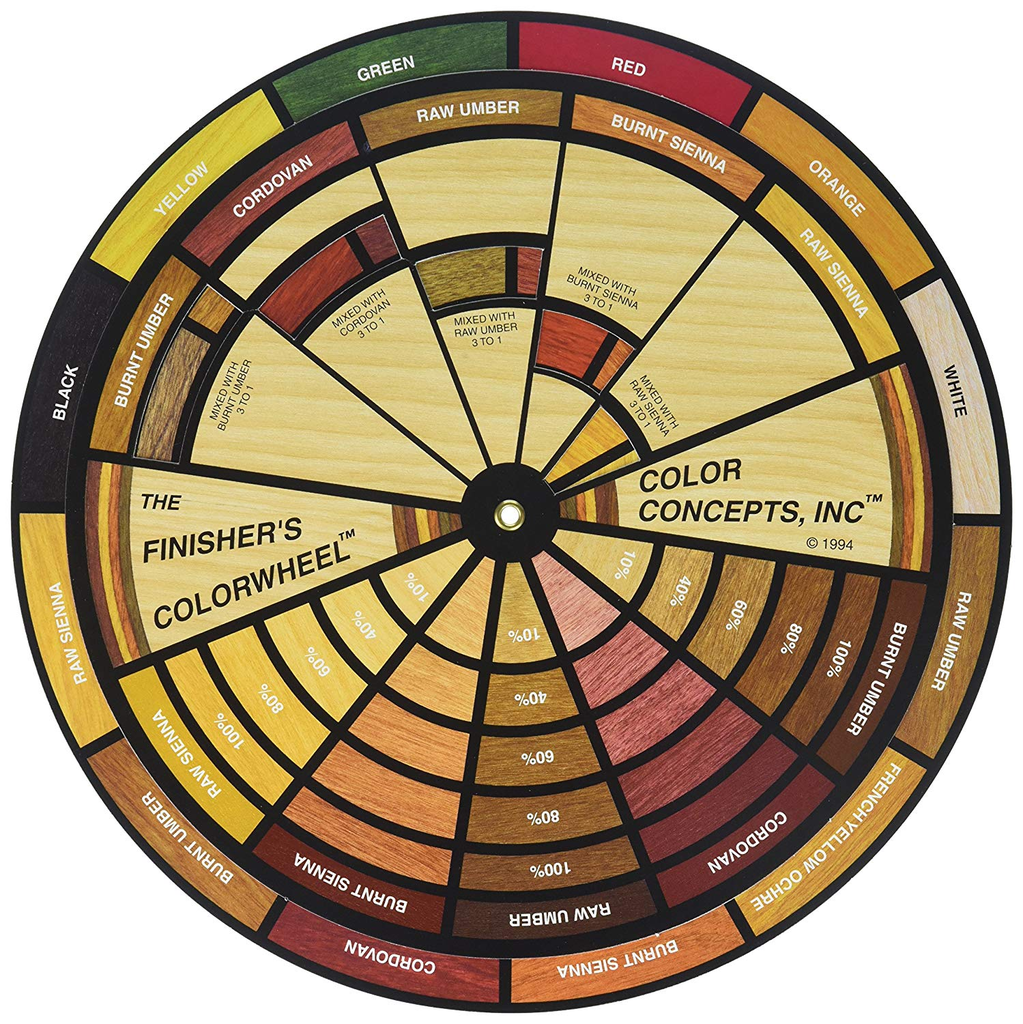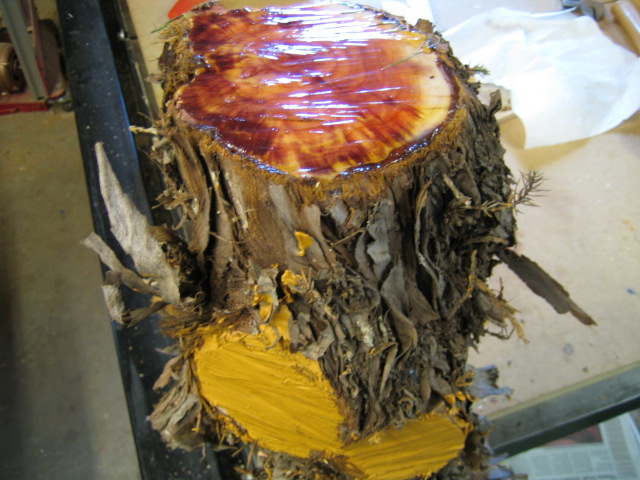Search the Community
Showing results for tags 'green'.
-
I just saw this on FB marketplace. He advertises a Bobcat 72" scoop (as full as he can get it) for $35. It's all hardwoods from sawmill cutoffs. It's not far from me and would certainly provide a lot of practice wood. Has anyone did anything like this, and if yes how did it work out? I could probably get some bandsaw boxes out of it as well.
- 34 replies
-
- question
- turning blanks
-
(and 2 more)
Tagged with:
-
From the album: Spoon Carving
The knife is a hook knife, great for carving out scoops and the bowl of a spoon. I read much about the use of these knives, and how to carve the Swedish Slojd method, it takes some getting used too, but the methods are very efficient and accurate. This hook knife is made by Morakniv, a tradition in Sweden, and the cost of the knives are very affordable. Here is a link to a series of videos by Morakniv and legend Jogge Sundqvuist on use and maintenance. The whole series can be found here at Swedish Knife Grip Lessons with Jogge Sundqvuist- 7 comments
-
.thumb.jpg.573d1497d0675219908c85aabefd797a.jpg)
Association of Pole-lathe Turners & Green Woodworkers
John Morris posted a link in Green Woodworking
-
- lathe
- pole lathe
-
(and 3 more)
Tagged with:
-
The Spoon Crank is a global initiative looking to bring together people who share a passion for spoon carving. Apart from giving the chance to the beginner spoon carver to learn from the experienced and talented carvers, we want to enable the physical connection with the masters of the craft through a physical object. The spoon blank. The spoon blank is the foundation of the wooden spoon. We want to give access to what we believe is essential for a new carver to grasp. We want to give easier access to the fundamental and underlying geometry of what to become a finished hand carved wooden spoon. Source....
-
I will tell you up front. I stole this idea. I belong to a turning group on mewe and one of the turners there posted pictures of some birdhouse ornaments. They were stunning with a really different roof and a superb glossy finish. Anyway, I knew I had to try and figure out the look. It took me a couple attempts before I realized, the roof is nothing more than a very small natural edge bowl, almost. This is my first successful attempt, rough, with no finish but it's definitely a look I'll explore further, probably next Christmas season, good Lord willing. The body is from a small sycamore limb and the roof is the same of mulberry. Both are essentially still green so it will be interesting to see how it warps or destroys itself!
-
From the album: Spoon Carving
My spoon is roughed out as far as I can go, now I will wrap it in cloth and let it slowly dry for a couple weeks, then refine the lines and facets.-
- chinaberry
- spoon
-
(and 4 more)
Tagged with:
-
From the album: Spoon Carving
I am attempting another spoon carving, I trimmed a Chinaberry tree a couple weeks ago and the long straight branches are ideal for green woodworking. I took my hatchet and roughed the blank out, then started shaping.-
- chinaberry
- spoon
-
(and 4 more)
Tagged with:
-
- 1 comment
-
- blog
- green woodworking
-
(and 1 more)
Tagged with:
-
Last week we learned that red, yellow and blue are the primary colors that can make all other colors. Now we apply that knowledge. When you mix two primary colors, you get secondary colors. green = blue + yellow purple = blue + red orange = yellow + red Now comes the important part. If you have a finish that has too much of one color, you add the color opposite to neutralize it, and a (mnemonic) to remember Color opposites Red <> Green (Christmas) Yellow <> Purple (Easter) Blue <> Orange (sorry, you're on your own here, unless like me you are a University of Illinois Alumnus) If you forget, just remember that the opposite of a primary color is a secondary by mixing the other two colors, and vice-versa. So, for example, if your color is too red, you can add some green to neutralize it. But in wood finishing, we have some "earth tones" that correspond to some of these colors Red - burnt sienna (brighter red) or burnt umber (darker red) Yellow - yellow ochre or raw sienna Purple - cordovan The finisher's color wheel shows what happens when you combine two of its colors. Unfortunately, unless you go to a non-big-box paint store, you are likely not to find these on a label, but rather, cordovan might be called "mahogany" or some other nickname. Although I knew this is theory, it became apparent when in a refinishing class one of the other students was working on a table he'd brought in. It was a really orange color after initial staining. The instructor made up a pure blue glaze and smeared it on. Immediately the ugly orange turned to a nice brown.
-
Is there anything I can do to keep wood from cracking? I was making a bird house. I had to stop and got tied up for a while. I went back out 2 or 3 days later and it had a huge crack. The first picture is when I was working on it and the second picture is after three days of just sitting on the lathe.
- 5 replies
-
- wood cracking
- turning
-
(and 3 more)
Tagged with:
-
This image is an open sourced image uploaded to this community for re-use within our community graphics. London's centre for the traditional craft of green woodwork. The Green Wood Guild is an institution based on experience, knowledge, passion & experimentation. We run courses, develop products and strive to advance the craft of Green Woodwork.
© Attribution 4.0 International (CC BY 4.0)
-
And once they try something, that's it. They are stuck with that product and brag on it and never even think there might be something out there better, but no, their mind is made up.... This is the last drift I got from the old timers. Well, someone not a turner, is trying to change our minds, heavens to murg- a- -troids I don't hardly ever turn, except substantially in bed, but when I do I don't like to see cracks that might screw up a good piece of wood I cut down then what ever I dabbed on the ends of the logs that didn't do the job it was put there to do. So stick your ear up here close and listen while I write down Aleene's tacky original glue, in the brown bottle I might add. It will only cost you numbskulls about two bucks to check me out...... I cut down this plumb tree some time ago, maybe four years ago ,maybe longer, and I can still stick a finger nail into this glue for it is still pliable. Aleene's was originally built for this reason, no it was not, it was originally built for craft making. This is probably the reason for the reasonable price tag. If it was included in you know whoses woodworking supplies we would see quite an increase in funds to get some to our garages... I just yesterday cut off some limbs and was out of the Aleene's glue so I thought I better dab something on the stubs for this hunk of wood might sit in the lathe for a month or two before I get around to it. I know, limbs , don't normally crack as does the ends. I heard that from a turner..
-
I bought a Jet lathe a few years ago, with the best of intentions. I have since done very little, not through lack of interest, but other priorities and projects interfered. I now want to start learning/using the lathe, and in researching turning blanks, I see a lot of vendors seem to be advertising more green blanks than dried blanks. So my question is, as a novice turner with almost no experience, should I go with green wood, or try to find kiln dried blanks to start out with? What are the advantages and disadvantages of green blanks? I bought a cheap set of lathe tools from HF. Does green wood require special gouges, chisels, etc. or will the standard tools be sufficient? Does turning green wood require any different maintenance on the turning tools, such as more sharpening, different surface protection, etc.? Sorry for the long list of questions, and some of the answers may seem to be fairly obvious, but I don't want to assume something and wish later that I had asked. Thanks.
-
Got a friend who is looking for a vintage Milwaukee lathe, the only criteria I have at this point is, woodworking, old, and green. Any ideas?





.jpg.af68a2a44c72e94a125b173ae1cd4ba0.jpg)



.jpg.8f59ee029f7a02a70298609ac9e95338.jpg)












